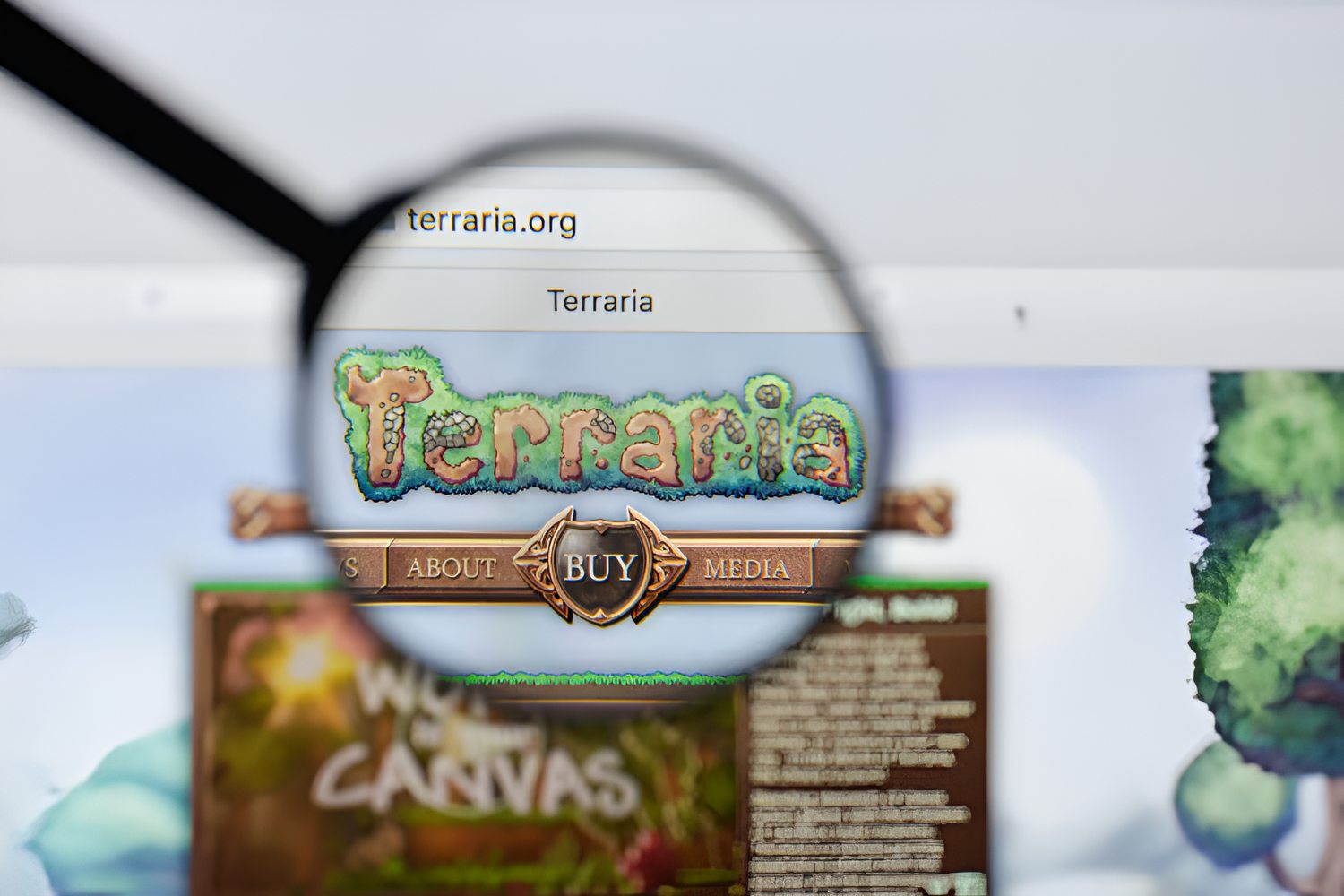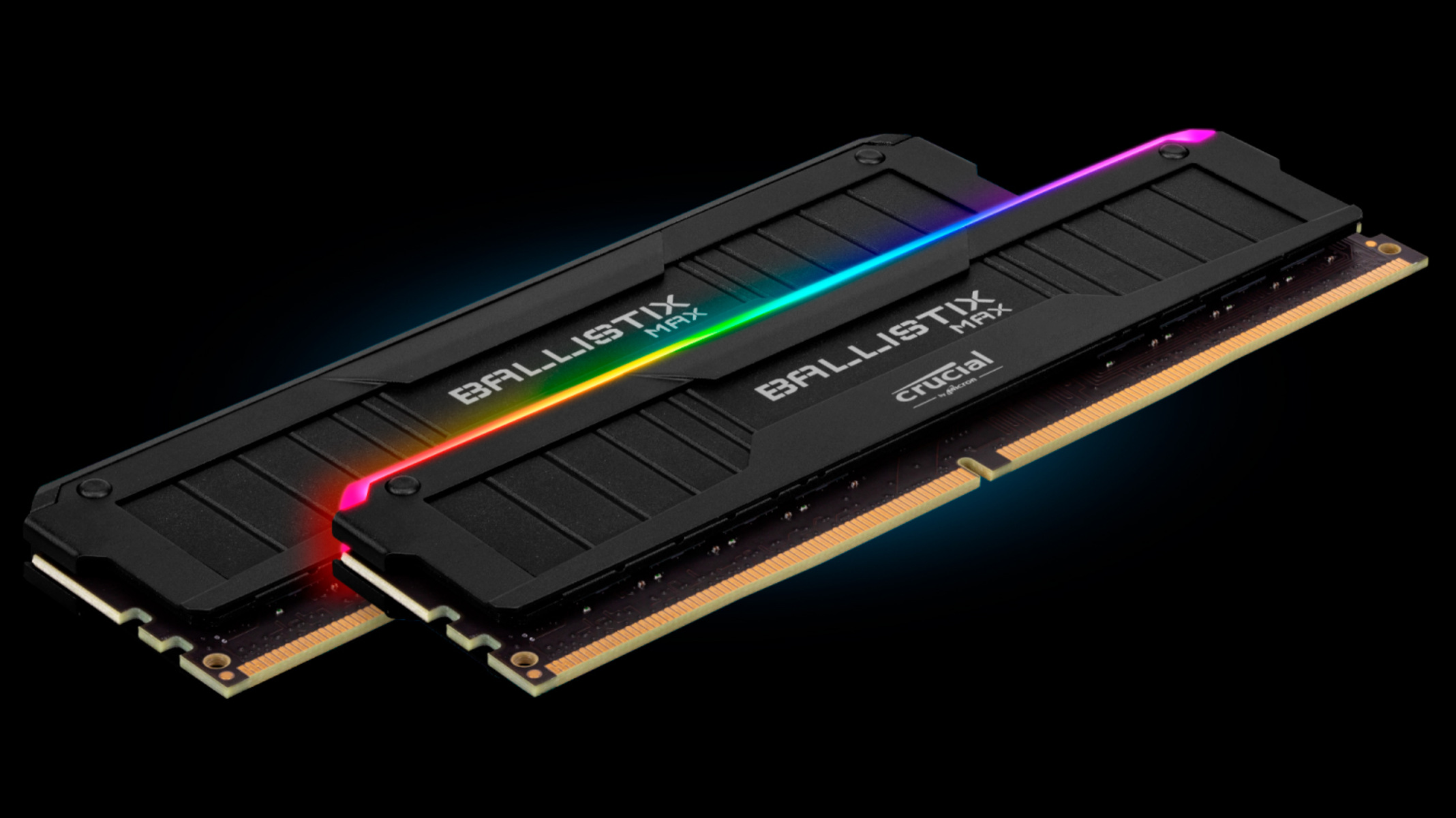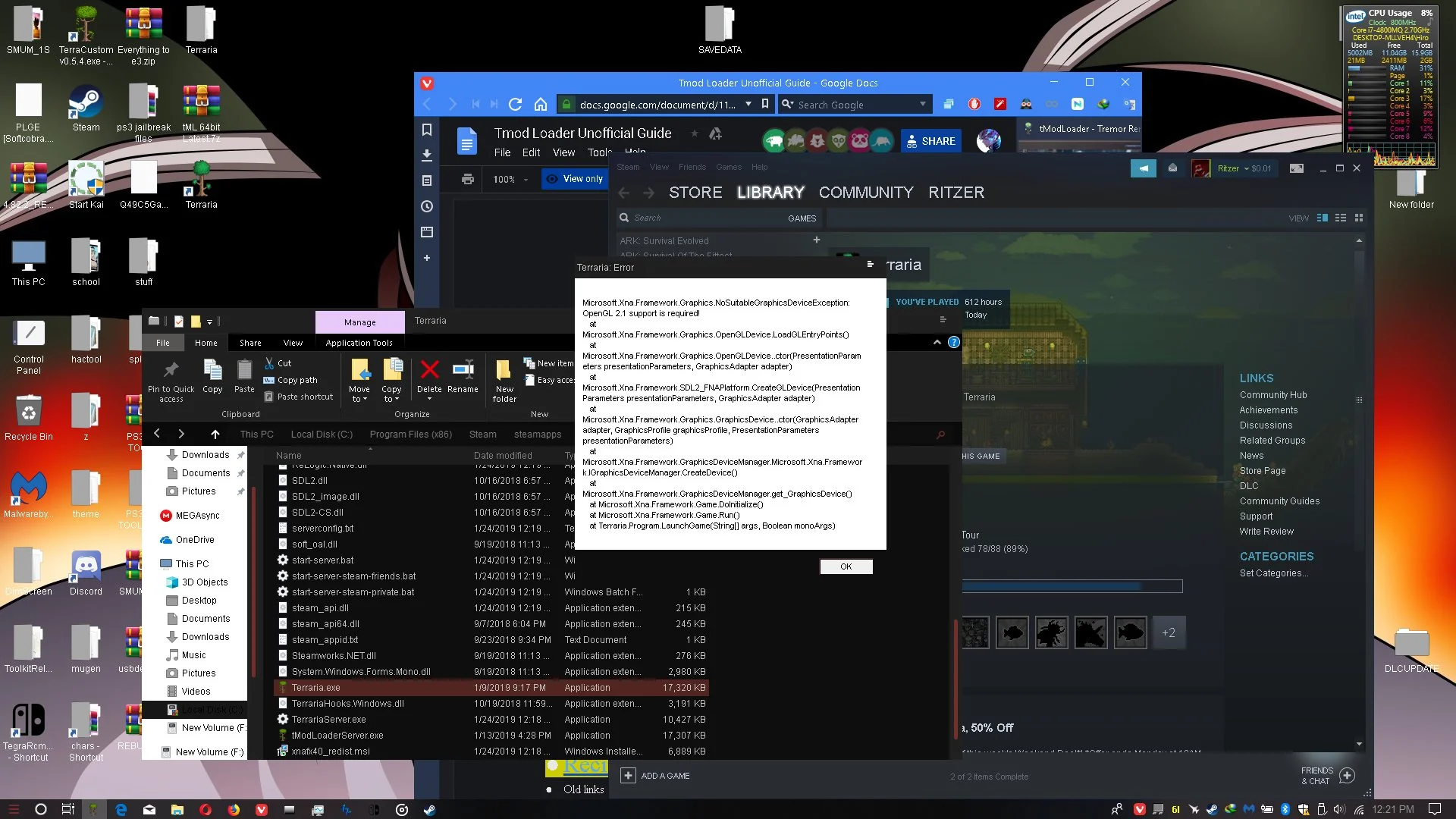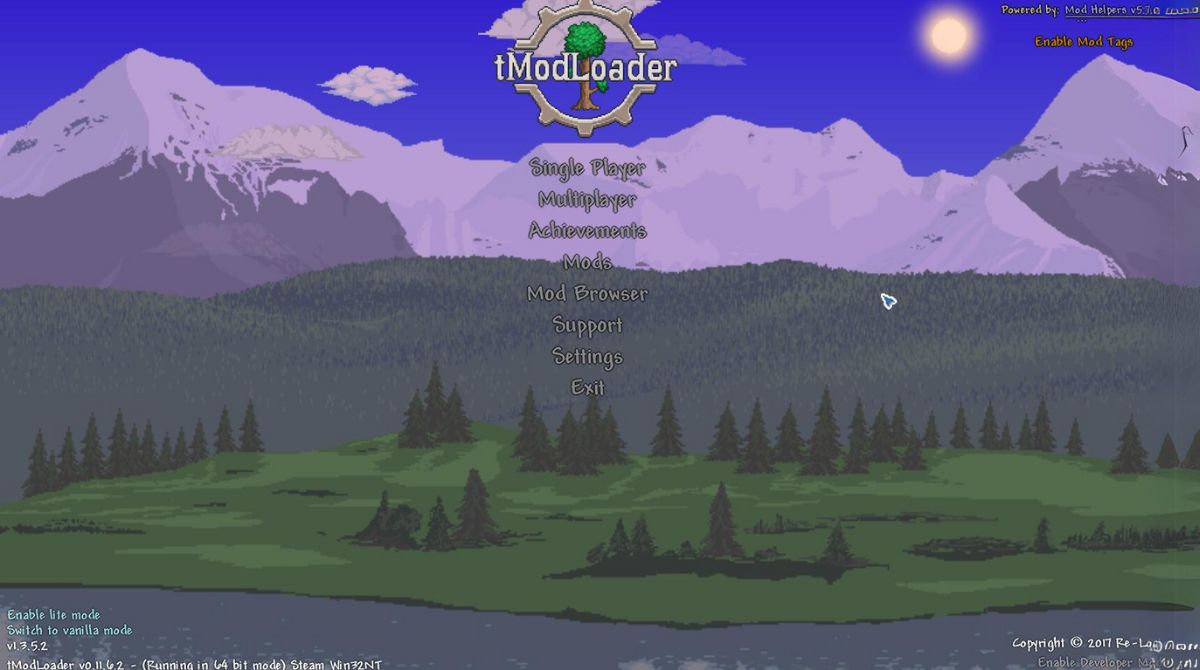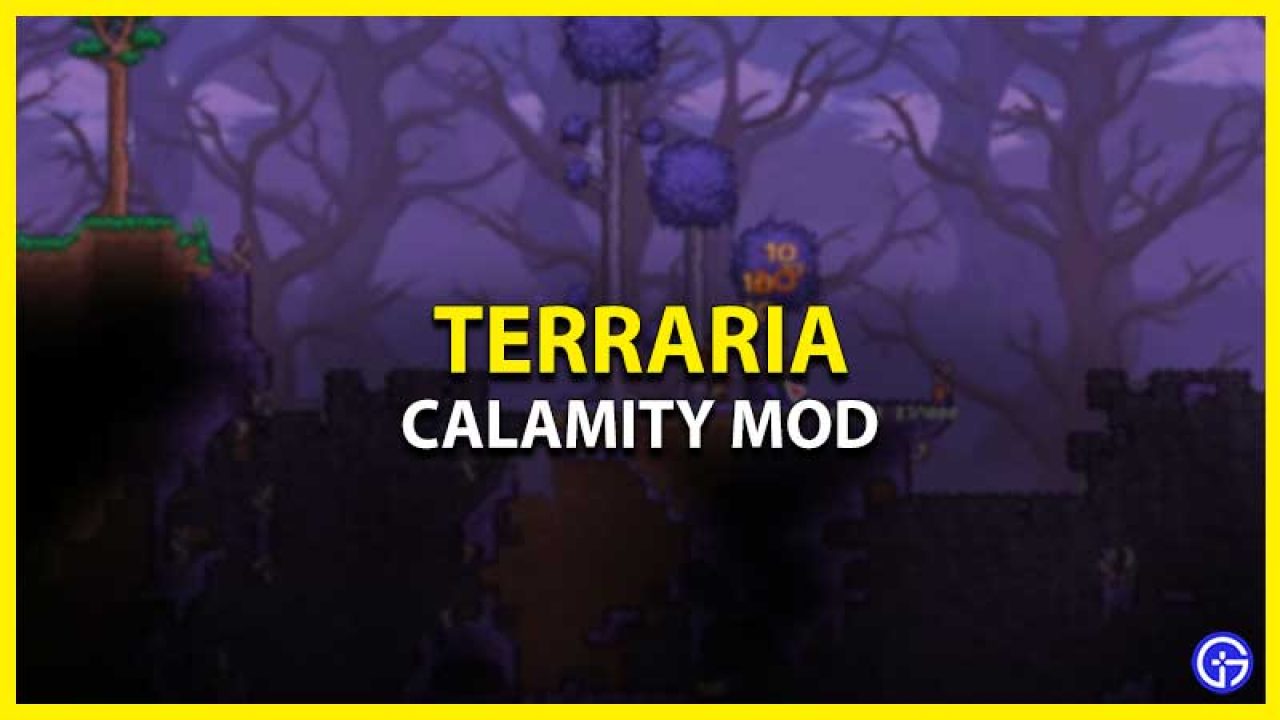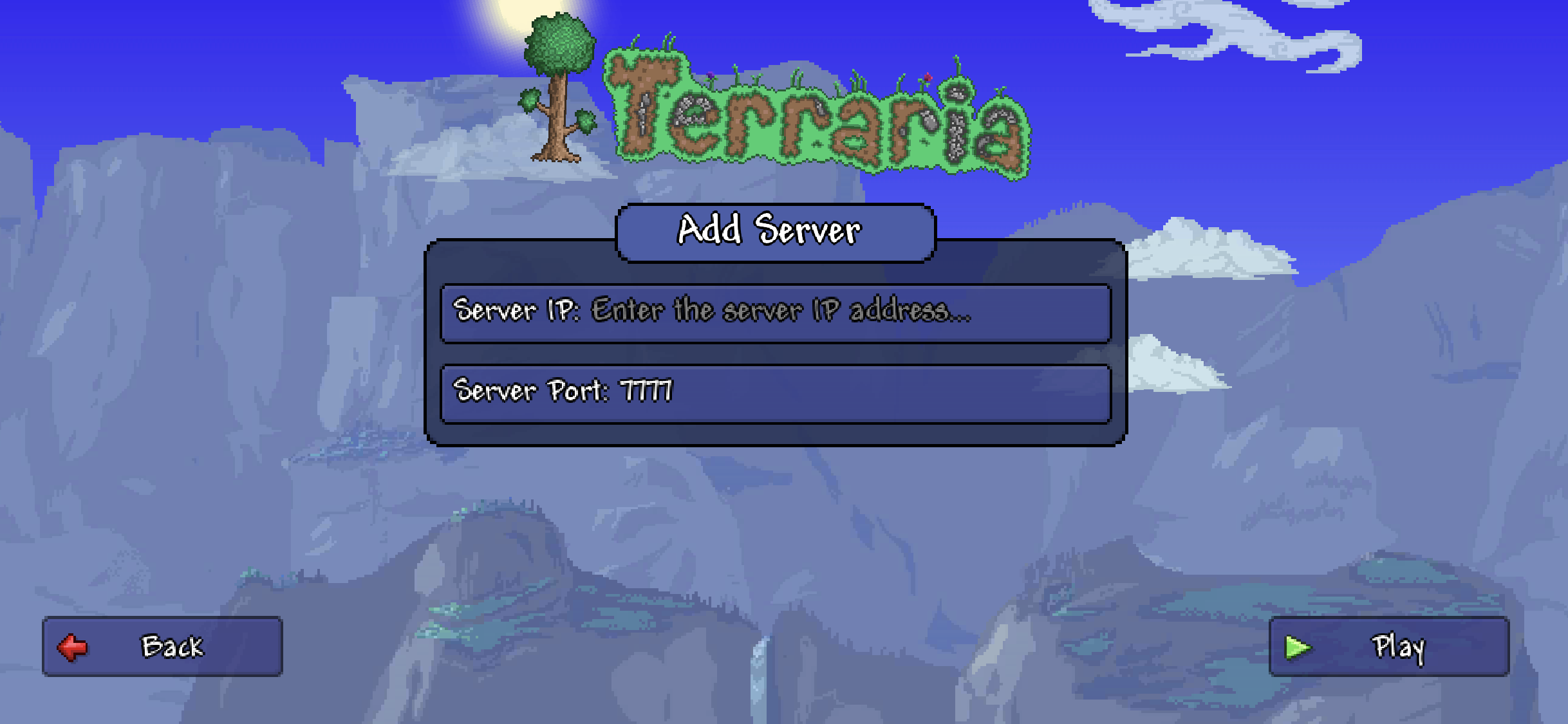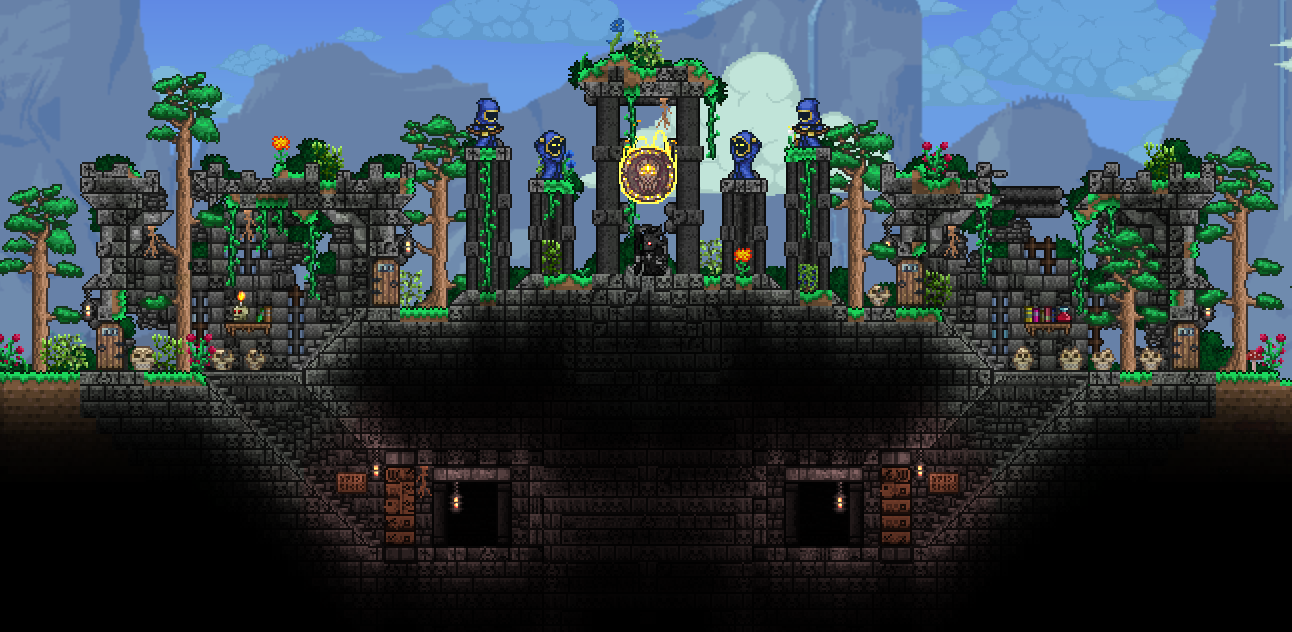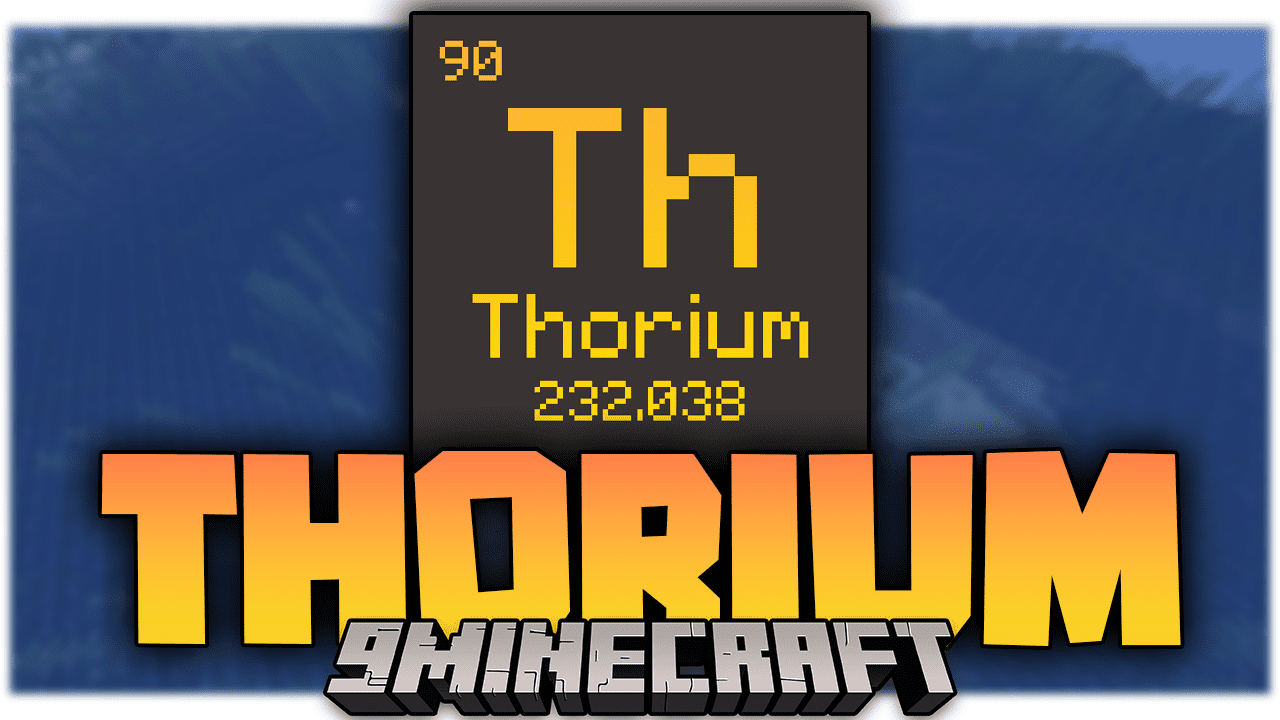Introduction
Welcome to this guide on how to give Terraria more RAM. If you’re a fan of Terraria and you’ve noticed your game running a bit sluggish or experiencing frequent crashes, it might be time to consider allocating more RAM to the game. Increasing the amount of RAM available to Terraria can help improve performance, reduce lag, and enhance your overall gaming experience.
Why would you want to increase RAM for Terraria? Well, Terraria is a sandbox game that offers a vast and dynamic world filled with countless possibilities. Whether you’re building structures, exploring caves, battling monsters, or embarking on epic adventures, Terraria requires a significant amount of system resources to run smoothly.
By default, Terraria is allocated a certain amount of RAM to operate within. However, depending on your computer’s specifications and the complexity of your gameplay, this default allocation might not be sufficient. This can lead to performance issues, including lag, game freezes, and even crashes.
Fortunately, there are several methods you can use to allocate more RAM to Terraria. In this guide, we’ll walk you through each method step-by-step, so you can choose the one that’s most convenient for you.
Before we dive into the methods, it’s important to perform a quick check on your computer’s RAM. This will help you determine how much RAM you currently have available and give you an idea of how much you can allocate to Terraria.
Why Increase RAM for Terraria?
Terraria is a game that thrives on exploration, creativity, and endless possibilities. As you delve into the game’s vast world, you’ll encounter complex terrain, intricate structures, and countless enemies, all of which require substantial computing power to render and simulate.
By increasing the amount of RAM allocated to Terraria, you can provide the game with more resources to work with, resulting in several benefits:
- Improved Performance: Allocating more RAM to Terraria ensures that the game has enough memory to run smoothly. This can help reduce lag, decrease loading times, and eliminate stuttering during intense gameplay moments.
- Stability and Reduced Crashes: If you’ve experienced frequent game crashes while playing Terraria, increasing the allocated RAM can help prevent memory-related issues. With more RAM available, the game has a larger buffer to store and process data, reducing the chances of crashes and improving overall stability.
- Enhanced World Generation: Terraria’s world generation is a complex process that requires significant computational resources. With more RAM, the game can generate larger and more detailed worlds, filled with unique biomes, treasures, and challenges for you to explore and conquer.
- Mod Support: Terraria boasts a thriving modding community, offering a plethora of user-created content to enhance your gameplay experience. However, some mods may require additional RAM to function properly. Increasing the allocated RAM ensures that you have enough resources to support your favorite mods without compromising performance.
- Seamless Multiplayer: If you enjoy playing Terraria with friends in multiplayer mode, increasing the allocated RAM can help improve the overall experience. With more memory available, the game can handle the additional data from multiple players, reducing lag and creating a smoother and more enjoyable online gaming session.
By increasing the RAM for Terraria, you unleash its full potential, allowing you to immerse yourself in the rich, vibrant world of Terraria without the limitations imposed by insufficient system resources.
Checking Your Computer’s RAM
Before you proceed with allocating more RAM to Terraria, it’s crucial to first determine how much RAM your computer currently has available. This will help you gauge the amount of additional RAM you can allocate to the game.
To check your computer’s RAM, you can follow these simple steps:
- Windows: On Windows, you can press the “Windows key + R” to open the Run dialog box. Then, type “dxdiag” and press Enter. This will open the DirectX Diagnostic Tool. Go to the “System” tab, and under the “System Information” section, you’ll find the information about your total available memory (RAM).
- Mac: On a Mac, click the Apple menu in the top-left corner of the screen and select “About This Mac.” In the Overview tab, you’ll see the memory (RAM) information listed.
- Linux: In a Linux environment, you can open the Terminal and type the following command: “free -h”. This will display detailed information about your system’s memory, including the total amount of RAM.
Once you have determined the amount of RAM available on your computer, you can decide how much additional RAM to allocate to Terraria. It’s important to strike a balance between allocating enough RAM to improve performance and avoiding excessive allocation that could impact the performance of other programs running on your computer simultaneously.
Remember that the amount of available RAM can vary depending on the tasks and applications running in the background. Therefore, it’s a good practice to close unnecessary programs and processes before allocating more RAM to Terraria. This ensures that the allocated RAM is utilized mainly by the game.
Now that you have checked your computer’s RAM, you’re ready to proceed with allocating more RAM to Terraria. Let’s explore the different methods you can use to accomplish this.
Allocating More RAM to Terraria
There are several methods you can use to allocate more RAM to Terraria, depending on your preference and technical expertise. In this section, we’ll explore three different methods: using the launch options, modifying the config file, and utilizing a third-party tool.
Method 1: Using the Launch Options
One of the simplest ways to allocate more RAM to Terraria is by utilizing the launch options in your Steam client. Follow these steps:
- Open your Steam client and navigate to your game library.
- Right-click on Terraria and select “Properties.”
- In the Properties window, click on the “Set Launch Options” button.
- In the text field, enter the following:
-Xmx[amount of RAM] -Xms[amount of RAM]. Replace “[amount of RAM]” with the desired amount of RAM to allocate in megabytes. - Click “OK” to save the changes.
For example, if you want to allocate 4GB of RAM, you would enter:-Xmx4096m -Xms4096m. This allocates 4 gigabytes (4096 megabytes) of RAM to Terraria.
Method 2: Modifying the Config File
Another method to allocate more RAM to Terraria is by modifying the game’s config file. Here’s how:
- Navigate to the Terraria installation directory. The default location for Steam users is usually “C:\Program Files (x86)\Steam\steamapps\common\Terraria”.
- Open the “config.json” file using a text editor such as Notepad.
- Find the line that says “MemoryUse” and change the value to the desired amount of RAM in megabytes.
- Save and close the file.
For instance, if you want to allocate 2GB of RAM, you would change the “MemoryUse” value to 2048.
Method 3: Using a Third-Party Tool
If you prefer a more user-friendly approach, you can utilize third-party tools specifically designed for allocating RAM to games. Examples include programs like “TShock” or “Terraria Server.exe,” which provide a graphical interface to adjust the allocated RAM.
Once you have chosen your preferred method and allocated more RAM to Terraria, make sure to save any changes and restart the game for the new settings to take effect. You can verify the allocated RAM by checking the game’s settings within Terraria or using system monitoring tools.
With the increased RAM allocation, you should experience improved performance and stability while exploring the captivating world of Terraria.
Method 1: Using the Launch Options
One of the simplest ways to allocate more RAM to Terraria is by utilizing the launch options in your Steam client. Follow these steps:
- Open your Steam client and navigate to your game library.
- Right-click on Terraria and select “Properties.”
- In the Properties window, click on the “Set Launch Options” button.
- In the text field, enter the following:
-Xmx[amount of RAM] -Xms[amount of RAM]. Replace “[amount of RAM]” with the desired amount of RAM to allocate in megabytes. - Click “OK” to save the changes.
Using the launch options allows you to allocate a specific amount of RAM to Terraria every time you launch the game. The -Xmx flag sets the maximum amount of RAM that Terraria can use, while the-Xms flag sets the initial amount of RAM allocated to the game.
For example, if you want to allocate 4GB of RAM, you would enter:-Xmx4096m -Xms4096m. This allocates 4 gigabytes (4096 megabytes) of RAM to Terraria.
By adjusting the allocated RAM size, you can optimize performance based on your computer’s capabilities and the demands of the game. However, be cautious not to allocate too much RAM, as this may cause performance issues or conflicts with other running programs.
Once you have entered the desired RAM allocation, click “OK” to save the changes. The next time you launch Terraria, the game will utilize the allocated amount of RAM, leading to improved performance, reduced lag, and increased stability during gameplay.
Now that you’re familiar with the first method of allocating more RAM to Terraria, let’s explore the next method: modifying the game’s config file.
Method 2: Modifying the Config File
Another method to allocate more RAM to Terraria is by modifying the game’s config file. Here’s how:
- Navigate to the Terraria installation directory. The default location for Steam users is usually “C:\Program Files (x86)\Steam\steamapps\common\Terraria”.
- Open the “config.json” file using a text editor such as Notepad.
- Find the line that says “MemoryUse” and change the value to the desired amount of RAM in megabytes.
- Save and close the file.
The config file contains various settings for Terraria, including the allocated amount of RAM. By modifying this value, you can adjust the amount of RAM that Terraria will utilize.
Once you have located and opened the “config.json” file, find the line that reads “MemoryUse.” The value corresponding to this line represents the amount of RAM allocated to Terraria in megabytes. Modify this value to the desired amount of RAM you want to allocate.
For example, if you want to allocate 2GB of RAM, you would change the “MemoryUse” value to 2048. This will allocate 2048 megabytes of RAM to Terraria.
After making the desired changes, save the config file and close the text editor. The next time you launch Terraria, the game will utilize the newly allocated amount of RAM, resulting in improved performance and stability during gameplay.
Modifying the config file provides more flexibility and control over the allocated RAM, allowing you to fine-tune Terraria’s performance based on your system’s capabilities. However, be cautious not to allocate excessive amounts of RAM, as it may impact the performance of other programs running on your computer.
Now that you’re familiar with the second method of allocating more RAM to Terraria, let’s explore the third method: using a third-party tool.
Method 3: Using a Third-Party Tool
If you prefer a more user-friendly approach or want additional control over the RAM allocation for Terraria, you can utilize third-party tools specifically designed to allocate RAM to games. These tools provide a graphical interface that makes it easier to adjust the allocated RAM. Here’s how you can use a third-party tool:
- Search for and download a third-party tool such as “TShock” or “Terraria Server.exe”. These tools are widely used and trusted by the Terraria community.
- Install and launch the third-party tool on your computer.
- Locate the option to adjust the allocated RAM for Terraria within the tool’s interface. The exact location and labeling may vary depending on the tool you choose.
- Enter the desired amount of RAM you want to allocate to Terraria in the provided space, usually in megabytes.
- Save the changes and exit the tool.
Using a third-party tool offers convenience and simplicity, especially if you prefer a visual interface for adjusting the allocated RAM. These tools often provide additional features and settings that can further enhance your Terraria experience.
Once you have adjusted the RAM allocation using the third-party tool, launch Terraria as you normally would. The game will utilize the newly allocated RAM, resulting in improved performance, reduced lag, and increased stability during gameplay.
Remember to regularly check for updates and ensure compatibility between the third-party tool and your version of Terraria. It’s also important to download such tools from reputable sources to ensure your computer’s security and the integrity of your Terraria experience.
Now that we have explored three different methods for allocating more RAM to Terraria, you’re ready to optimize your gameplay by adjusting the allocated system resources. Experiment with these methods to find the optimal RAM allocation that provides the best performance for your specific computer setup.
Troubleshooting
While allocating more RAM to Terraria can significantly improve its performance, you may encounter some issues or challenges along the way. Here are a few troubleshooting tips to help you address common problems:
- Insufficient RAM: If you experience performance issues even after allocating more RAM, it’s possible that your computer’s overall RAM capacity is insufficient. Consider upgrading your RAM modules to ensure you have enough memory to handle Terraria and other applications running simultaneously.
- Conflicting Programs: Some programs or background processes may conflict with Terraria or impede its performance. Close any unnecessary applications and disable non-essential background processes to free up system resources and ensure Terraria has access to the allocated RAM.
- Incompatible Mods: If you’re using mods with Terraria, ensure that they are compatible with the allocated RAM. Some mods may require specific RAM settings or additional adjustments to function properly.
- Inadequate Graphics Settings: Adjusting the allocated RAM alone may not solve performance issues caused by high graphics settings. Lowering the graphics settings within Terraria can help optimize performance and reduce strain on the system resources.
- Outdated Terraria Version: Ensure that you have the latest version of Terraria installed. Developers frequently release updates to address performance issues and fix bugs. Keeping your game up-to-date is essential for optimal performance.
- System Power Management: Check your computer’s power management settings. Sometimes, power-saving features can limit the performance of your system, leading to reduced RAM availability. Adjust the power settings to maximize performance during gameplay.
If you encounter persistent performance issues or technical difficulties after allocating more RAM, consider seeking support from the Terraria community forums or official support channels. They can provide specific guidance and troubleshooting steps tailored to your situation.
Remember that every computer configuration is unique, and what works for one user may not always work for another. Experimenting and fine-tuning the allocated RAM, along with other system settings, will help you find the optimal configuration for your computer and enhance your Terraria experience.
By following these troubleshooting tips and seeking assistance when needed, you can overcome any obstacles and enjoy Terraria with the optimal RAM allocation, ensuring smooth gameplay and maximum enjoyment.
Conclusion
Allocating more RAM to Terraria can greatly enhance your gaming experience by improving performance, reducing lag, and increasing stability. By following the methods outlined in this guide, you can easily allocate additional system resources to Terraria and optimize its performance on your computer.
In this guide, we explored three different methods for increasing RAM allocation: using the launch options, modifying the config file, and utilizing third-party tools. Each method offers flexibility and control over the amount of RAM allocated to Terraria, allowing you to fine-tune your gaming experience.
Remember to check your computer’s available RAM before allocating more to Terraria, ensuring that you strike a balance between allocated resources and the needs of other running programs. Additionally, it’s essential to troubleshoot any issues that may arise after modifying the RAM allocation, such as conflicting programs or outdated Terraria versions.
By optimizing the amount of RAM dedicated to Terraria, you can enjoy smoother gameplay, reduced lag, and improved stability. Experiment with different RAM allocations, graphics settings, and mods to find the configuration that works best for your specific computer setup.
Now, armed with the knowledge and methods presented in this guide, you can take control of Terraria’s RAM allocation and unleash the full potential of this immersive sandbox adventure. Enjoy your time exploring, building, and battling in the captivating world of Terraria!







